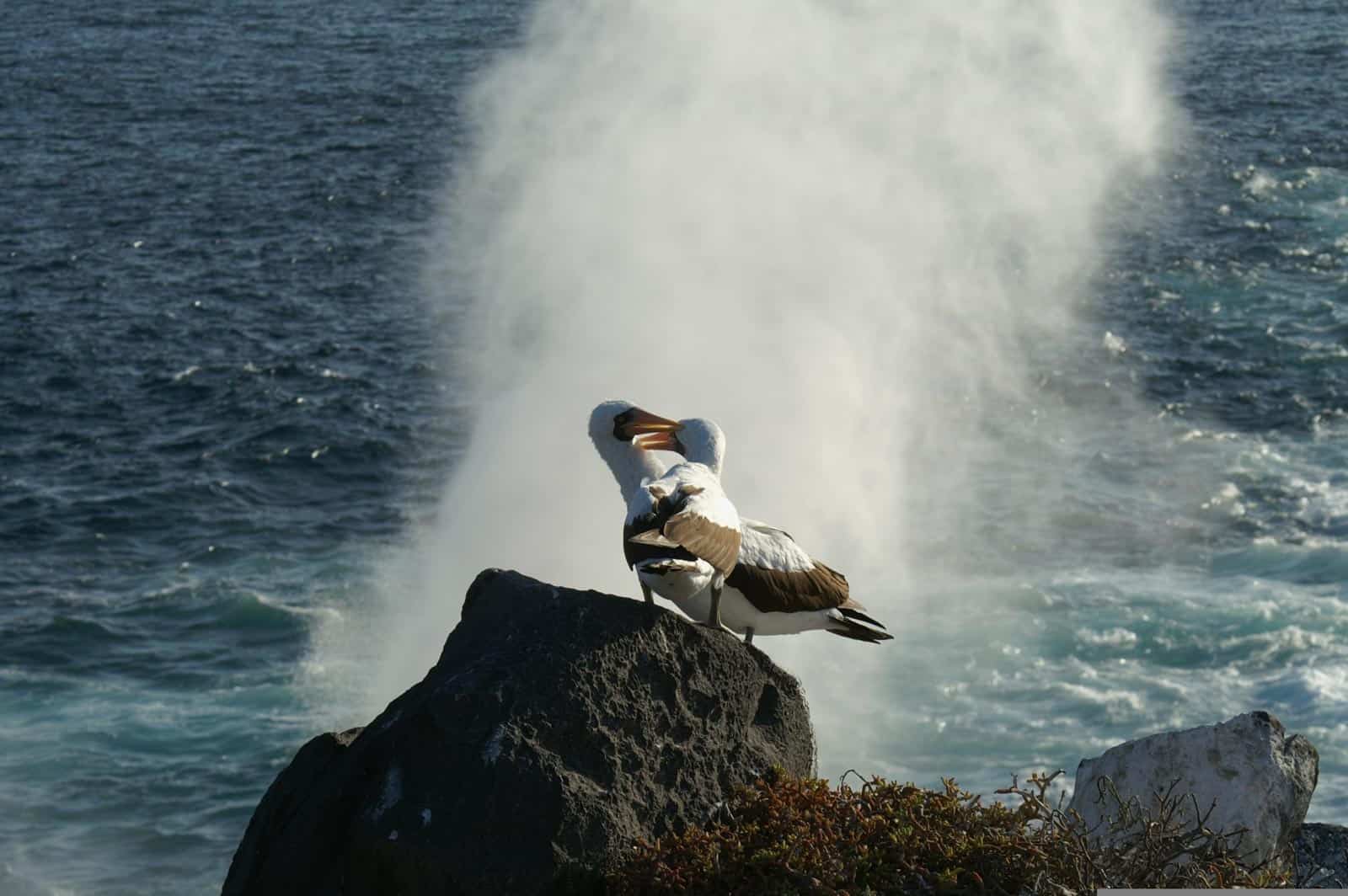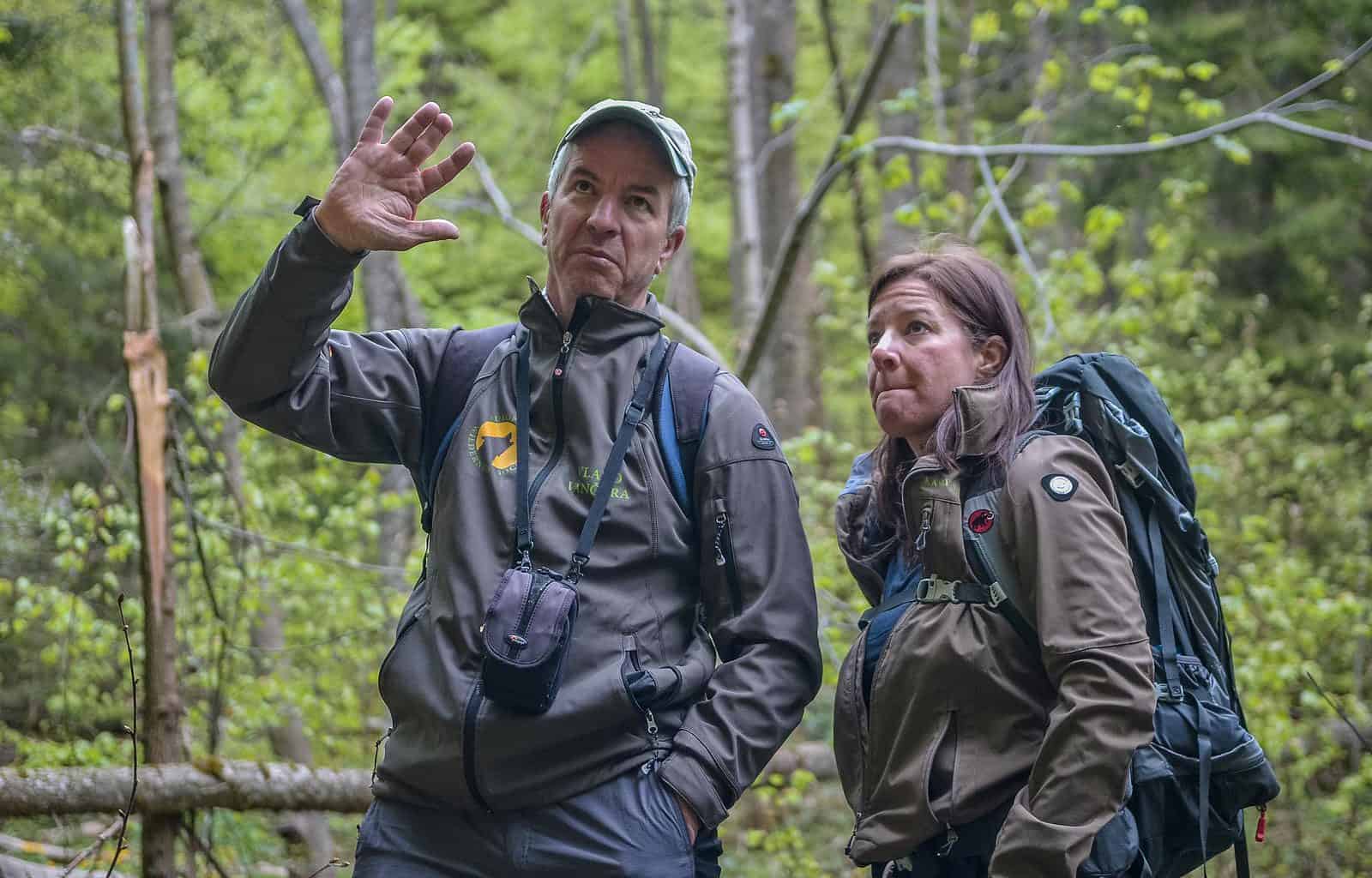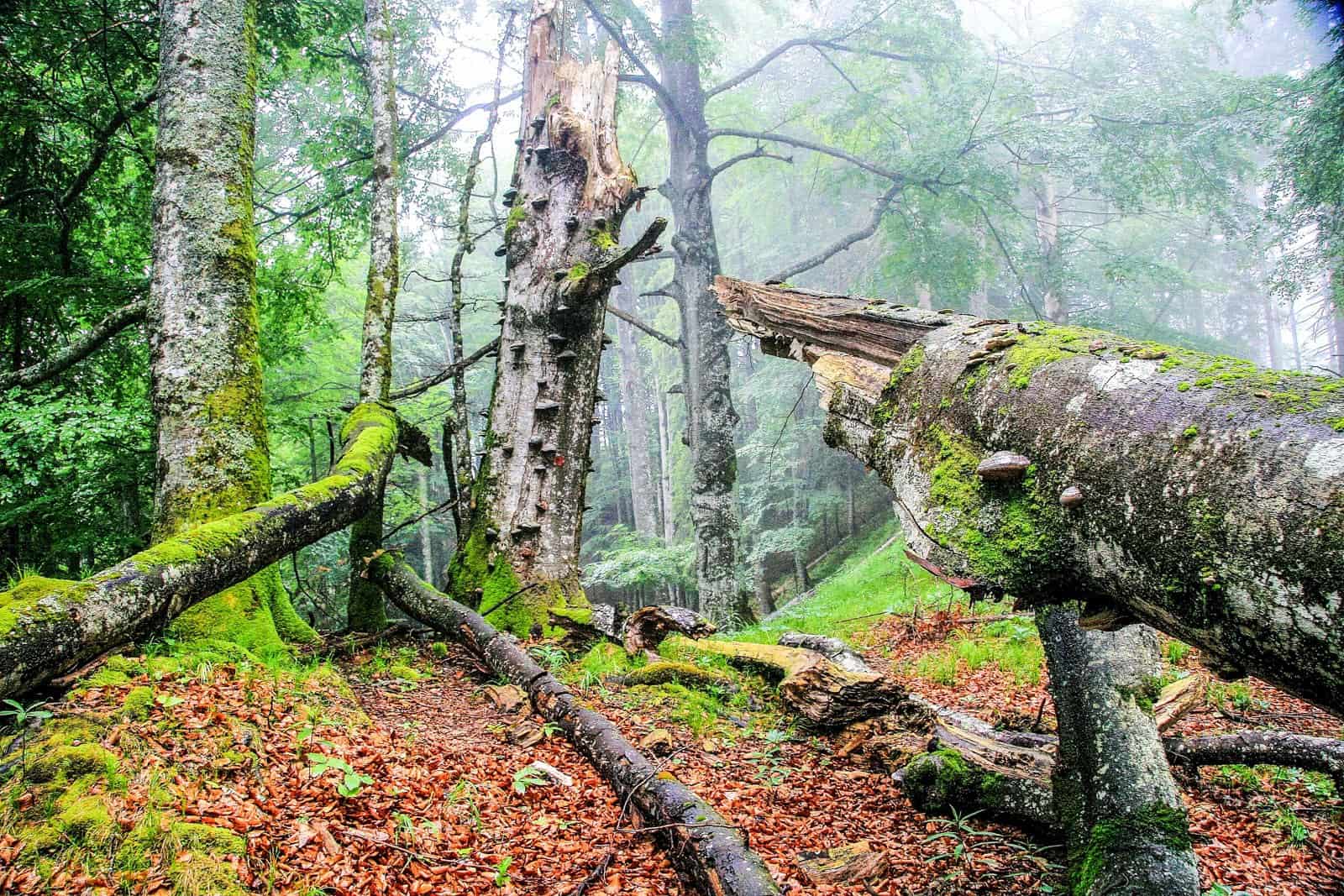Wild About Wildlife Month
Every July, Wild About Wildlife Month is celebrated, a time dedicate to appreciate and protect the diversity of wildlife on our planet. Since its inception in 1984, this month-long observance has aimed to raise awareness about the importance of wildlife conservation, highlight the challenges faced by various species, and promote activities and plans that ensure the preservation of our natural world for future.
History of Wild About Wildlife Month
Wild About Wildlife Month was established in 1984 by the Internation Fund of Animal Welfare as a response to the growing need for wildlife conservation awareness, to draw public attention to the threats facing wildlife and to inspire action toward protecting the planet’s biodiversity. Over the years, this observance has grown, with more organizations and communities participating in events and activities.
Importance of Wildlife Conservation
Biodiversity is the foundation of healthy ecosystems, providing essential services such as pollination, water purification, climate regulation, and soil fertility. Wildlife plays a crucial role in maintaining these ecosystems. Here are some key reasons why wildlife conservation is vital:
1. Ecological Balance: Each species, no matter how small, contributes to the balance of ecosystems. Predators control prey populations, herbivores maintain plant life, and decomposers recycle nutrients back into the soil.
2. Human Survival: Many human needs, including food, medicine, and clean water, are directly linked to biodiversity. Conservation ensures that these resources remain available for future generations.
3. Economic Benefits: Healthy ecosystems support industries such as agriculture, fishing, and tourism, which are crucial for many economies.
4. Cultural and Aesthetic Value: Wildlife has significant cultural, recreational, and aesthetic value. Many cultures admire certain animals, and activities like bird-watching and nature photography provide joy and relaxation.
Challenges Facing Wildlife
Despite the importance of wildlife, many species are facing unprecedented challenges:
1. Habitat Destruction: Deforestation, urbanization, and agricultural expansion lead to habitat loss, forcing species to migrate or perish.
2. Climate Change: Changing temperatures and weather patterns disrupt habitats and food sources, making it difficult for species to survive.
3. Pollution: Pollution from plastics, chemicals, and other waste products contaminates ecosystems, harming or killing wildlife. Marine life, in particular, suffers from plastic pollution, which can lead to injury, entanglement, and death.
4. Poaching and Illegal Trade: Many species are hunted or captured illegally for their parts, leading to significant declines in populations.
Future Activities and Plans for Wildlife Conservation
To address these challenges and protect wildlife, various activities and plans are being implemented:
1. Conservation Programs: Organizations are working to establish and manage protected areas, such as national parks and wildlife reserves, which provide safe habitats for endangered species.
2. Restoration Efforts: Programs aimed at restoring damaged ecosystems, such as reforestation projects and wetland restoration, are crucial for the recovery of wildlife populations.
3. Education and Awareness: Raising public awareness about the importance of wildlife conservation through educational programs, campaigns, and community events helps build a culture of conservation.
4. Research and Monitoring: Scientific research and monitoring are essential to understand wildlife populations, health, and habitats. This information guides conservation efforts and helps measure their effectiveness.
5. Sustainable Practices: Promoting sustainable agricultural, forestry, and fishing practices helps reduce the impact on wildlife and their habitats.
Conclusion
Wild About Wildlife Month is a vital observance that highlights the importance of conserving the planet’s biodiversity. By understanding the history, realizing the importance, addressing the challenges, and engaging in future activities and plans, we can make significant changes in protecting wildlife.









